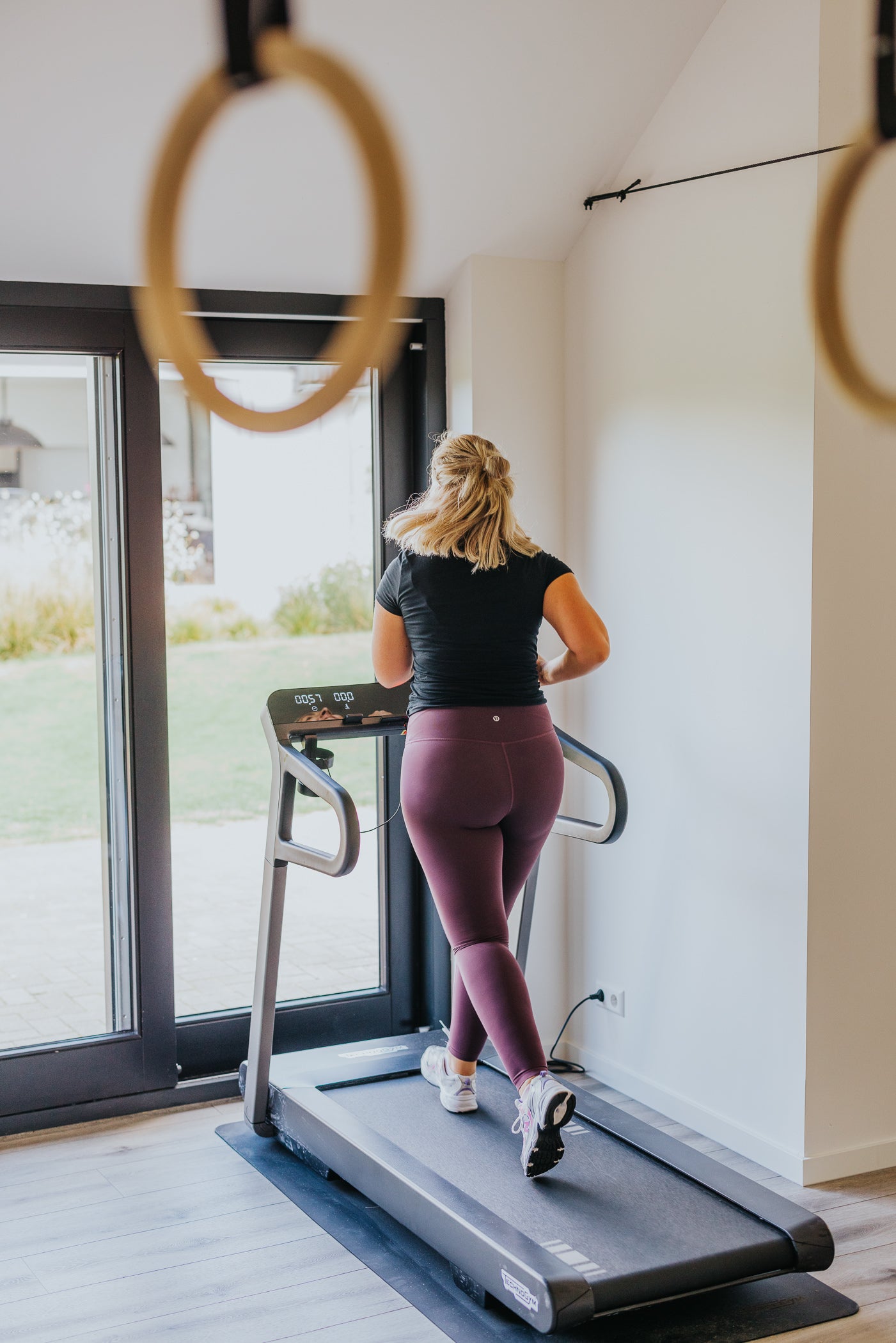Running is a popular form of exercise that offers numerous health benefits. However, some individuals, particularly women, may experience bladder prolapse and urinary incontinence while running. Let's first understand what bladder prolapse is and how it can occur.
What Is Bladder Prolapse?
Bladder prolapse, also known as cystocele or a prolapsed bladder, is a medical condition where the bladder descends or sags into the vaginal wall. This can lead to various symptoms, including:
-
Urinary Incontinence: A common symptom is urinary incontinence, especially during activities such as coughing, sneezing, laughing, or indeed, running.
-
Pressure or Discomfort in the Pelvic Area: Some women may experience a sensation of pressure or discomfort in the pelvic area, akin to a heavy feeling in the vagina.
-
Recurrent Urinary Tract Infections (UTIs): Due to the abnormal positioning of the bladder, it can be challenging to empty the bladder completely, which may result in UTIs.
How Running Can Impact Bladder Prolapse and Urinary Incontinence
Running can affect bladder prolapse and urinary incontinence due to the impact of the activity on the pelvic region. During running, the pelvic floor muscles are stressed, and the organs in the pelvic area may come under pressure. This can exacerbate symptoms of bladder prolapse, particularly in women who are already prone to this condition.
What You Can Do If You're Dealing With This Issue
-
Consult a Healthcare Provider: If you are experiencing symptoms of bladder prolapse, it is essential to consult a healthcare provider. They can assess the severity of the condition and discuss potential treatment options.
-
Pelvic Floor Exercises: Regularly performing pelvic floor exercises, such as Kegel exercises, can help strengthen the muscles around the bladder and reduce symptoms.
-
Seek Guidance from a Physical Therapist: A physical therapist specializing in pelvic floor rehabilitation can assist you in developing an exercise program tailored to your needs.
-
Consider Support Devices: In some cases, wearing a pelvic support device, such as a pessary, may reduce symptoms of bladder prolapse.
-
Adjust Your Running Routine: If you find that running exacerbates symptoms, consider modifying your running routine. You can opt for softer surfaces like grass or a treadmill and gradually increase your intensity.
It's crucial to consult with a healthcare professional before making any changes to your running routine or undergoing treatment for bladder prolapse. Every individual is unique, and what works for one person may not necessarily be suitable for another.
Remember that you are not alone, and there are solutions and support available to help you manage bladder prolapse and urinary incontinence, allowing you to continue enjoying the benefits of running and an active lifestyle.





